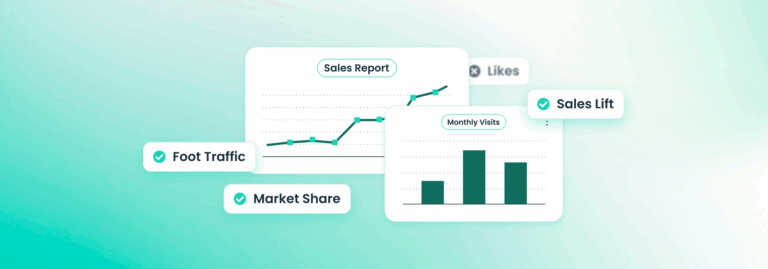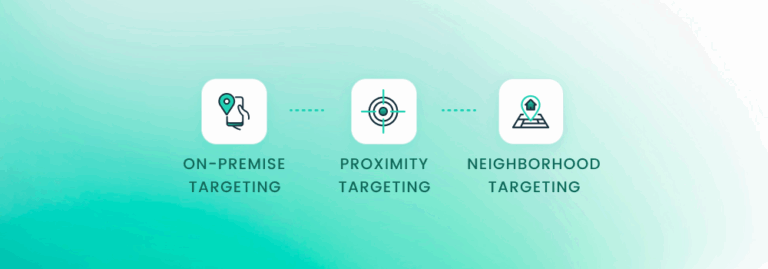Reporting on Return On Ad Spend (ROAS) works as a golden metric. It’s simple enough for people outside of advertising, like your CFO, to understand, plus it ties marketing efforts to real business results. There’s nothing everyone understands more than the bottom line.
That much attention on a single metric can help keep everyone on the same page about advertising campaign performance, and it can also invite a lot of opinions about whether teams are pushing themselves to get the best ROAS results possible.
Because we love finding ways to make our customers more efficient, we put together this quick guide to ensure that you’re pulling the most out of your ROAS reports and optimizing your advertising for the real business results you need. Let’s start with the most important question:
What Does Reporting on ROAS Really Tell You?
Most advertisers can explain what ROAS means, but what ROAS communicates in terms of performance can vary based on the company and its goals. While the metric is similar to Return on Investment (ROI), in that it measures what your company earns based on what it spends on advertising, calculating ROAS can be more nuanced. For example, advertisers can calculate ROAS for something as specific as an ad set, or as broad as an entire quarter.
To understand what ROAS reveals about your advertising performance, marketers must first define the goals they’re trying to achieve. For example, if a beverage company wanted to know what customers value most about their newest drink, they might calculate and compare ROAS for two ad sets that each contain separate messages. This would show which messages inspire the most purchases from their target customers. But this wouldn’t tell the marketing team much about whether their target audience is correct or not. That would require a different calculation of ROAS.
As you talk to your agency partners, or dive into the reporting yourself, consider how you’ve set up ROAS to be calculated and what it’s really telling you about the efficiency of your campaign. By personalizing your reports to fit the goals of your marketing team, you ensure the data you used to build your strategies is the most accurate, relevant and timely.
Low ROAS Could Mean A Number of Problems In Your Ad Strategy
Once you have the correct data to report on ROAS, you may start to see certain campaigns or advertising channels performing lower than expected. That happens to the best advertisers! There’s no need to panic. That only proves there is room for optimization.
The most common reasons for low ROAS in your reports include:
- The media is incompatible with the channel: Are you placing static images on a video-heavy platform? Is your DOOH ad too wordy? Not every ad will work across channels. Check that you’re ad makes sense for where your audience sees it.
- Audience targeting is imprecise: Targeting audiences based on browsing behavior can create excess spending. Building audiences based on real-world behaviors, such as in-store visits and previous purchases makes each of your ads more likely to convert.
- Ad spend isn’t high enough: Advertising is expensive. Sometimes the only way to get a high return is to increase the initial spend (as long as you can trust your dollars are being spent wisely in the first place).
- Customers are fatigued: If you’ve shown your ads to the same group of people for a long period of time, it may be time to give them a break and focus on a different audience segment. Ad fatigue can contribute to lower conversions and decreased ROAS, which is why it’s important to continue to test and experiment.
High ROAS in Reports Can Also Mean You Need to Optimize
When you hit your goals, you can assume what you’re doing is working. What you won’t know is if your strategy is working the best it can. An example we see frequently is customers who hit their target ROAS for residents within a 20 mile radius of their location. We love to see success like that. But we always ask ourselves (and them) if they could double their ROAS if they extended their audience segments another 10 miles. With the same accuracy in audience targeting, that extra audience pool to serve ads to may help them reach their stretch revenue goals.
It won’t work in every scenario, but advertisers should keep in mind that optimizing high performing ads can often have just as big of an impact as optimizing low performing ads. When combined together, the constant testing can help boost ROAS in all campaigns across channels.
GroundTruth Can Help You Improve Your Most Important Metrics
If you want to see how GroundTruth helps customers execute their advertising campaigns, boost ROAS, and get the real business results they need, contact us today. We’ll show you how our platform reduces excess spend and targets audiences most likely to convert on your most important goals.





